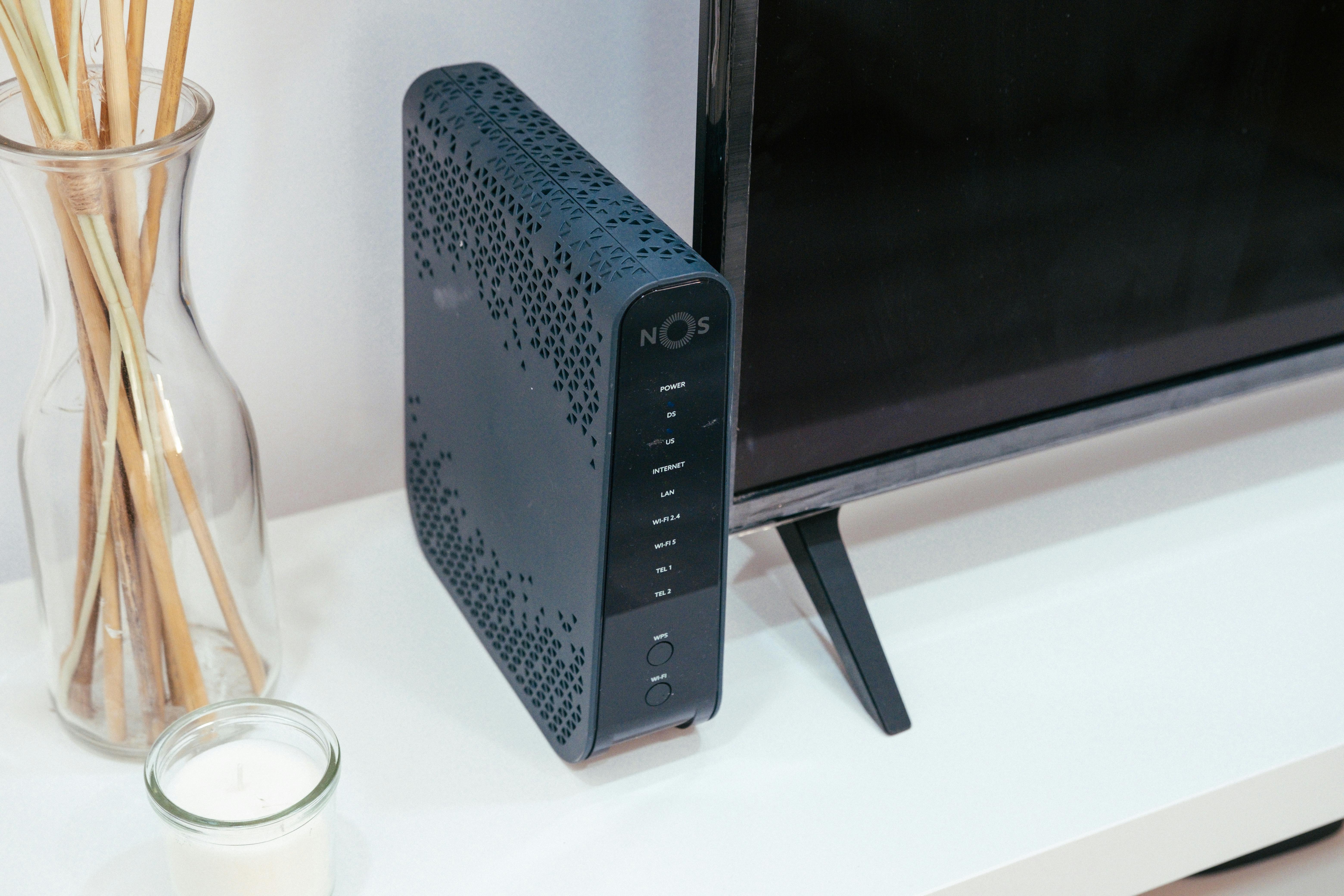Explore The History Of Internet Connectivity In Buda, Texas. Discover How Buda Evolved From Dial-up To High-speed Fiber And What The Future Holds.

In the charming town of Buda, Texas, nestled just south of Austin, the evolution of internet connectivity has been a crucial part of its journey towards becoming a modern and vibrant community. This article delves into the history of internet connectivity in Buda, exploring how it has transformed from simple dial-up services to the high-speed broadband networks available today. This progression has not only supported the town's growth but has also mirrored the broader technological advancements in the United States.
The journey of internet connectivity in Buda began in the late 1990s and early 2000s, when dial-up internet was the primary method of online access. Slow and often unreliable, dial-up internet used existing telephone lines to connect users to the web. As the internet became more integral to daily life and business operations, the demand for faster and more reliable connections grew.
By the mid-2000s, Digital Subscriber Line (DSL) technology became more prevalent in Buda. DSL offered a significant speed improvement over dial-up and did not tie up the phone line. Providers like AT&T began to expand their DSL services in the area, allowing more residents and small businesses in Buda to enjoy relatively faster internet speeds and better reliability without a significant increase in cost.
As technology progressed and the limitations of DSL became apparent, particularly in terms of bandwidth and speed, cable internet started to gain a foothold in Buda. Cable internet, using the same infrastructure as cable television, provided much higher speeds compared to DSL. Companies like Spectrum (previously Time Warner Cable) entered the market, offering packages that bundled internet, phone, and TV services, which were attractive to both residential and commercial customers.
This era marked a significant turning point in Buda's digital landscape, as faster internet speeds began to support more sophisticated uses, including streaming media, online gaming, and the initial stages of cloud computing. The improved connectivity also helped local businesses thrive and compete on a national scale.
The real game-changer came with the introduction of fiber-optic technology. Fiber-optic cables, which use light to transmit data, can provide exponentially faster speeds than both DSL and cable. Around the 2010s, companies like AT&T and Google Fiber began eyeing the greater Austin area, including Buda, for expansion of their fiber networks.
Fiber-optic internet in Buda has enabled incredibly high-speed connections, with providers offering speeds of up to 1 Gbps (1000 Mbps). This development was particularly timely, coinciding with the rise of high-definition video streaming, advanced online gaming, and increased remote work, which required robust and reliable internet connections.
Despite the advancements, Buda's connectivity journey has not been without its challenges. Rural and newly developed areas of Buda have occasionally struggled with access to the latest internet technologies, often relying on satellite or limited DSL services. However, ongoing efforts by the city, in partnership with ISPs, aim to expand high-speed internet access to all corners of Buda.
Looking ahead, Buda is set to continue its growth trajectory, fueled by its proximity to tech hubs like Austin. With initiatives to support smart city technologies and the continuous expansion of fiber-optic networks, the future of internet connectivity in Buda looks bright. The town is poised to not only keep up with current digital demands but also to innovate and lead in the digital age.
The history of internet connectivity in Buda, Texas, is a reflection of its evolution from a small town to a burgeoning city with a vision for the future. From the humble beginnings of dial-up to the cutting-edge speeds of fiber optics, each phase of connectivity has played a pivotal role in shaping Buda's community and economy. As Buda continues to grow, its digital infrastructure remains key to unlocking potential and fostering a connected and tech-savvy community.

12/06/2024
By being mindful of these common household items and their potential to disrupt your Wi-Fi signal, you can make simple adjustments to improve your internet connection. A well-placed router can make all the difference in maintaining a strong and reliable Wi-Fi signal throughout your home.
Read More
08/10/2020
As we face the threat of the Coronavirus, more people are preparing to work from home. Ensure you're partnered with the right internet service providers.
Read More
02/08/2023
Discover The Charm Of Dripping Springs, Texas. Learn About The Community, Natural Beauty, Education, Festivals, And More In This Comprehensive Relocation Guide.
Read More